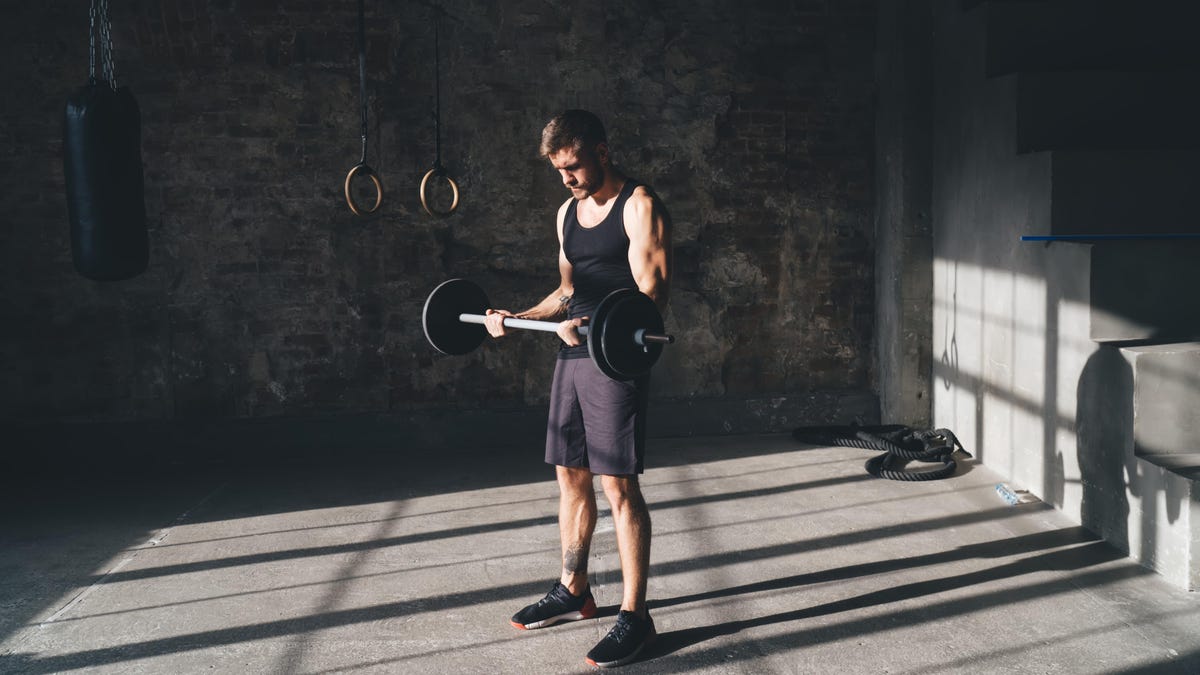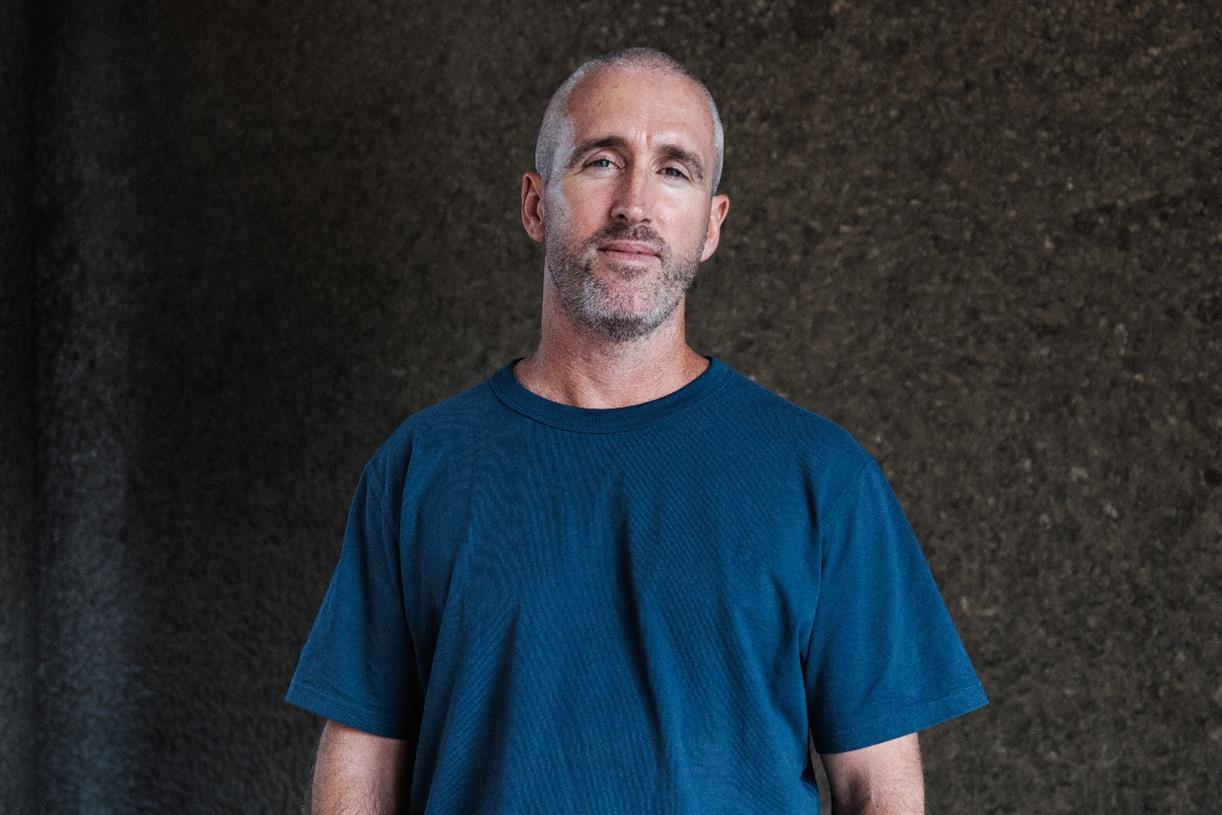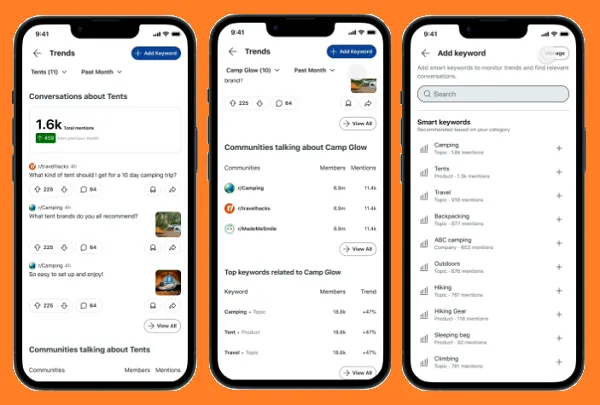Three Beginner Lifting Mistakes You Can Avoid
There are so many different ways to lift weights that, at first, everything is a learning experience. You’ll do too much or too little, and you’ll discover that you hate certain exercises. But those are the good kind of...

There are so many different ways to lift weights that, at first, everything is a learning experience. You’ll do too much or too little, and you’ll discover that you hate certain exercises. But those are the good kind of mistakes—the kind you can learn from. The following are the other kind: beginner mistakes you’ll be happiest if you completely avoid.
Skipping workouts because you’re sore
Let’s get a simple one out of the way first: It’s okay to work out even if you are still sore from your previous workout. This is what’s called delayed onset muscle soreness, or DOMS, and it’s a natural part of your body’s response to new exercise. It’s neither a bad thing nor a good thing, it just happens sometimes.
If you’re new to DOMS, you may incorrectly assume two things: first, that it would be bad to exercise while you’re sore, and second, that it will feel even worse to lift than to stay on the couch.
Both are wrong. DOMS feels better the more you move around. Go for a walk and you’ll feel a lot less sore and stiff. Head to the gym and start doing lighter versions of your exercises to see how they feel. Chances are, you’ll feel good enough to gladly add weight and do your workout as intended.
Importantly, you need to keep working out if you want to keep the soreness at bay. That first time you get DOMS is the worst it will be; getting sore once actually protects you from getting sore again for a little while—days, at least. If you take a week off any time you have a week’s worth of soreness, you’re just resetting the clock each time. Once you’re in the habit of working out consistently, the soreness will probably never be that bad again.
Looking for the “best” exercises or routines
There’s a lot of confusion in the fitness space, with disagreement from experts and pseudo-experts (hi, influencers with zero coaching credentials) on pretty much everything. But that’s actually a sign that lots of things work.
For example: One bro tells you to train to failure every set, because that’s how you give your muscles lots of stimulus to grow. Another tells you to always stay 2-5 reps away from failure, because that’s how you keep fatigue at bay so you can do more sets and train more often. Both of them are right. One of these approaches might work better for you than the other, depending on your goals and your training history. Just pick one, try it out, and see what happens.
I do recommend that you take an entire program as a unit of experimentation, rather than trying to mix and match different approaches. They often have parts that are meant to balance each other out, so making your own mishmash of two different programs won’t work as well as trying the one and then, later, the other.
Focusing on appearance as your main goal
A lot of people get into fitness because they want to get leaner, bigger, more jacked, or more toned. But that gets to be a problem when your appearance is all you think about.
You can’t really exercise your way out of hating your body, because body image issues are ultimately mental and not physical. (Or, to put it another way: if you meet your goals you’ll just find something else about yourself to hate.)
But even besides that, the problem is that physical changes take time. You may notice the first hints of weight loss or muscle definition in your first few weeks at the gym, but it’s often a years-long process to get the body you walked into the gym looking for. And that process may involve prioritizing long-term changes over short-term ones. For example, a phase where you put on weight to gain muscle may be the key to eventually looking lean and toned.
So how do you keep your focus during that long journey? By finding other ways to have fun and measure progress. Many people turn to chasing numbers that relate to performance. Can you do more pushups, or deadlift more weight? And in service of that, can you set some process goals like logging a certain number of workouts per week or seeing a six-week training program through to its end? Those goals are what keep you busy and happy during those long hours in the gym, regardless of what happens to your appearance in the process.

 Astrong
Astrong 































